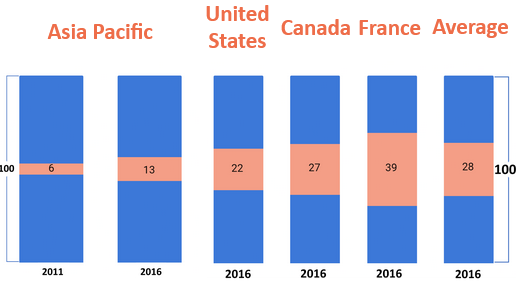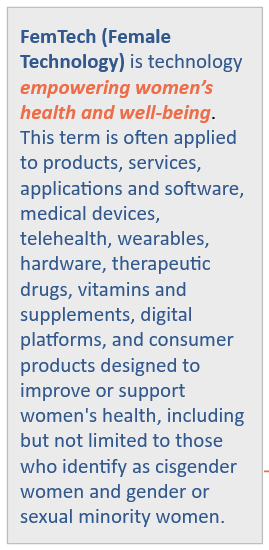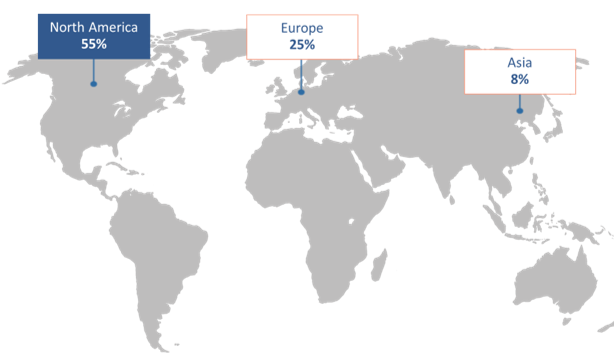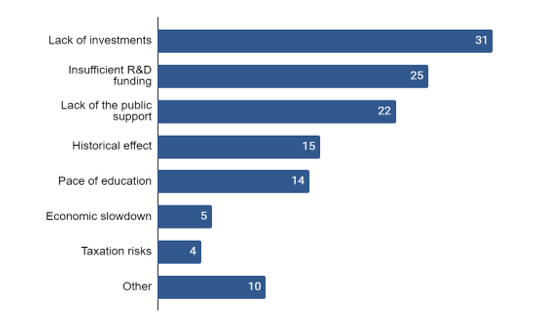Women’s Health in Asia
Our commitment to advancing women’s health in Asia is two-fold: First, we believe in the potential for innovations in women’s health to address significant unmet needs and foster a healthier and more inclusive future. Next, we are also dedicated to supporting and championing women-led healthcare startups, ultimately contributing to a more diverse and impactful ecosystem.
UNMET NEEDS FOR WOMEN’S HEALTH IN ASIA
MILLIONS OF ASIAN WOMEN LACK ESSENTIAL SERVICES

22M
don’t give birth in a health facility

12M
don’t receive care for pregnancy or delivery complications

55,000
HIV-infected women don’t receive medicine to prevent mother-to-child transmission

20M
newborns don’t receive needed care for complications
South and Southeast Asia account for 76% of all women in Asia with an unmet need for modern contraception and 93% of women who do not deliver in health facilities.
Sexual and reproductive health services enable women to have the number of children they want, when they want them; to deliver their babies safely and have healthy newborns; and to have healthy sexual lives, free from HIV and other sexually transmitted infections (STIs).
The immediate health benefits of these services include fewer unintended pregnancies, lower rates of death and disability among women and newborns, and lower incidence of HIV and other STIs. Long-term benefits range from greater family savings to stronger national economies.
ASIAN WOMEN ARE HEAVILY UNDERREPRESENTED IN CORPORATE LEADERSHIP
INVESTMENT IN FEMTECH AND WOMEN-FOCUSED HEALTHCARE IS STILL NASCENT IN APAC BUT GROWING
What are the major FemTech threats/challenges?
Lack of investments remains the critical barrier for FemTech development, admitted by 65% of respondents. About a half of them consider insufficient R&D funding and lack of public support. The negative impact of economic slowdown on FemTech and taxation risks gradually weakens







